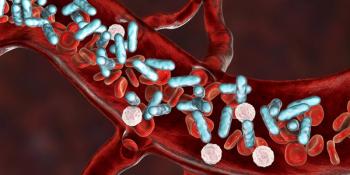
Investigators for this study analyzed outcomes among patients hospitalized with pulmonary arterial hypertension (PAH) who have higher risks of adverse health outcomes, in particular sepsis and septic shock.


Investigators for this study analyzed outcomes among patients hospitalized with pulmonary arterial hypertension (PAH) who have higher risks of adverse health outcomes, in particular sepsis and septic shock.
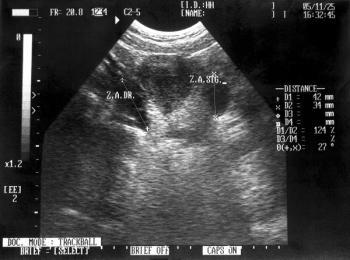
This study evaluated pregnancy-related outcomes among women with pulmonary hypertension (PH) ranging from mild to severe in disease severity.

Outcomes following right heart catheterization in a pediatric patient population were analyzed, with emphasis placed on risk of adverse outcomes following the procedure, especially the development of pulmonary hypertensive crisis (PHC).

Researchers used 2011-2020 data to examine age- and race-/ethnicity-related trends in hypertension diagnosis, with implications for future cardiovascular disease care.

This new study of pulmonary arterial hypertension (PAH) among women examined the in-common symptoms of different disease phenotypes to see where they overlap and ultimately to define the “symptome” according to symptom cluster and characteristics.

Following a recent update to the diagnostic criteria for borderline pulmonary hypertension (PH), which is often associated with left heart failure (LHF), outcomes among patients with both conditions remain uncertain.

This open-label extension of the SERAPHIN trial evaluated the long-term safety and tolerability of a small daily dose of the endothelin receptor antagonist against pulmonary arterial hypertension (PAH) among patients from the original study.

The rates of 3 hypertensive disorders were compared among 2 groups of women: those who gave birth between 1995 and 1999 vs 2015 to 2019.

Infants born between the 23rd and 25th weeks of pregnancy, classified as extremely low gestational age newborns, are surviving in increasing numbers, note study authors, and with that is growing clinical interest in their long-term sequelae, including pulmonary hypertension (PH).
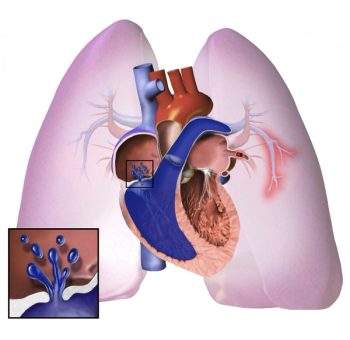
Investigators found significant shifts in diagnosis of and prescriptions for pulmonary hypertension (PH) when exercise right heart catheterization was used.

Gary Owens, MD, president of Gary Owens Associates, addresses how payers can improve outcomes for persons who have pulmonary arterial hypertension (PAH).

Garo Owens, MD, is president of Gary Owens Associates, and here he discusses optimizing treatment goals for patients with pulmonary arterial hypertension (PAH) while reducing care costs.

Clinicians interviewed in a recent study reported various social determinants of health (SDOH) affecting health outcomes for patients with pulmonary arterial hypertension (PAH), indicating the need to address SDOH in PAH care.
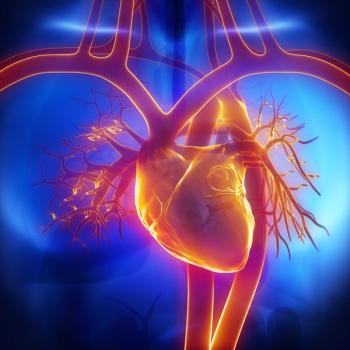
Several measures of hemodynamic capacity were improved in this study that evaluated sacubitril/valsartan use for heart failure with preserved ejection fraction and pulmonary hypertension (HFpEF-PH).

A Belgian study compared exercise performance before and after COVID-19 lockdown measures were swiftly implemented in the country among patients with preexisting pulmonary arterial hypertension (PAH).
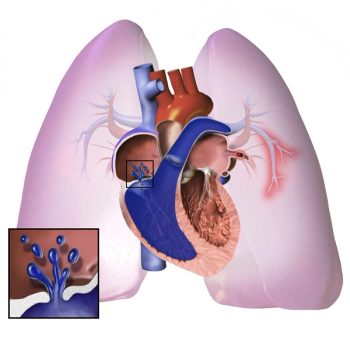
Researchers have found that patients who have idiopathic pulmonary arterial hypertension (IPAH) with a phenotype characterized by a smoking history and low diffusion capacity for carbon monoxide had little in common with patients with classical IPAH.

Despite current guidelines recommending combination therapy, there are certain patients with pulmonary arterial hypertension (PAH) who remain on monotherapy for specific reasons.

Collecting more than 3 decades’ worth of data, researchers determined that none of the identified blood biomarkers are accurate enough to take the place of current diagnostic approaches, either due to lack of data or lack of specificity.

Gary Owens, MD, president of Gary Owens Associates, explains the importance of shared decision making and patient-centered care in pulmonary arterial hypertension (PAH).
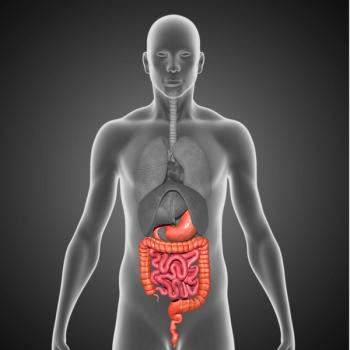

Gary Owens, MD, president of Gary Owens Associates, describes mechanisms, trials of treatments in the works for pulmonary arterial hypertension (PAH).

Based on their findings, the researchers of the retrospective study are calling for close evaluation, careful monitoring, and appropriate treatment to mitigate complications and mortality.
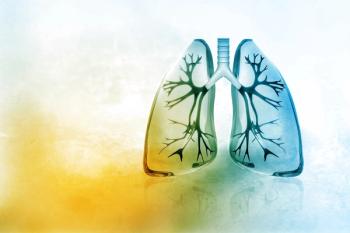
Drugs currently marketed for pulmonary arterial hypertension have been able to extend the lives of patients but have shown limitations in their ability to prevent or reverse the disease. A novel combination approach may hold promise in future treatments.

Gary Owens, MD, president of Gary Owens Associates, discusses current treatments available for pulmonary arterial hypertension (PAH) and where future directions in research may lead.
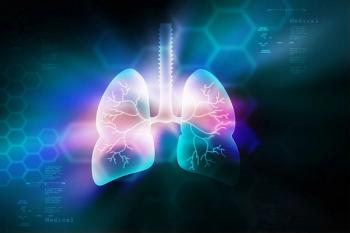
A new commentary suggests new pathways might lead to a major shift in the treatment of pulmonary arterial hypertension (PAH).

259 Prospect Plains Rd, Bldg H
Cranbury, NJ 08512
© 2025 MJH Life Sciences®
All rights reserved.
